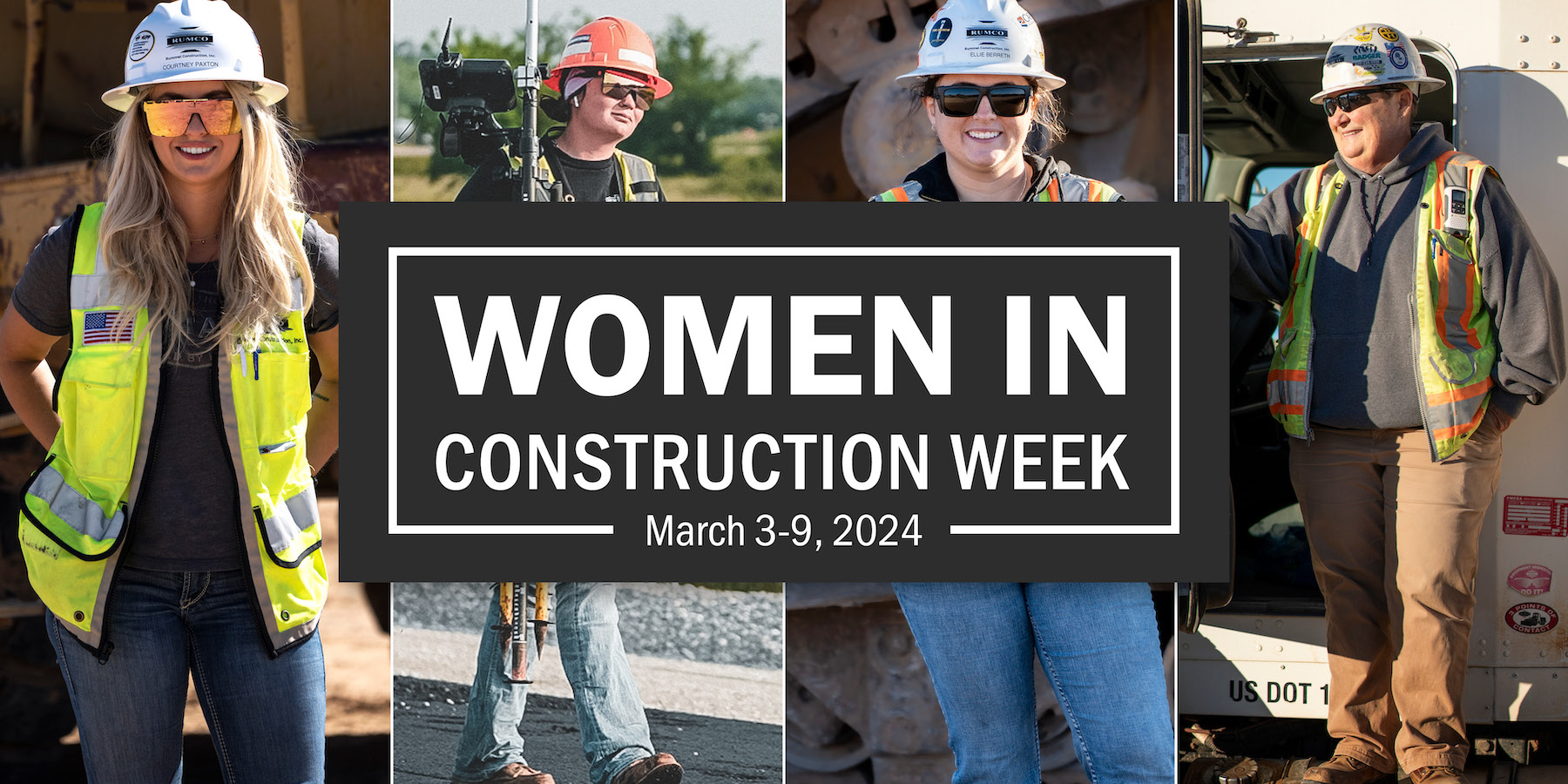The Construction Industry's 'Keys to the Future'? More Women
First, the good news: The number of women in construction-related jobs has been increasing since 2016 and is at an all-time high. The not-so-good news? Women still only make up about 11% of the construction workforce — and that number is cut in half for field workers.
But is that something we need to be concerned about? After all, Emery Sapp & Sons is proud to be part of an industry sector that’s rapidly growing with a bright future ahead. Actually, yes. The first concern comes down to numbers: For about every four people who leave the industry, only one person joins. With so much work coming our way in the next decade, we have to rethink how we find the next generation of skilled craft workers.
The issue of attracting more women to the construction industry goes way beyond numbers, however. As we celebrate Women in Construction Week this March – this year’s theme is “Keys to the Future” – now’s the perfect time to evaluate how companies in this sector might adjust in the coming years. Indeed, our future success may depend on it.
WOMEN NEED TO SEE THEMSELVES IN THE INDUSTRY
While we’ve seen major strides in other traditionally male-dominated sectors, such as logistics and the armed forces, construction still has work to do. This may be because women are often harder to recruit, due to limited relevant experience or additional child care responsibilities as compared with men. But a key reason may be something the industry can help change, writes Lynn Pearcey for AIA:
“Women often don’t feel welcomed in the industry. Worksites come with imaginary force fields that scream, ‘Men Only,’ keeping women on the outside looking in. This paradigm is tragic because, as we can see from their impacts in medicine, technology, finance, and so many other industries, there is so much they have to offer.”
Making sure that door is open starts with simple adjustments, such as including women in advertisements, social media posts and public events. But it should also include more inclusive language on job descriptions and an intentional effort to reach more women where they are, such as hiring events and career fairs targeted specifically for them.
Once you get these candidates in the door, women need to play a larger role in the hiring process as well. This shift away from the traditional dynamic to add a new perspective (one that differs from a man’s) might be a key way to shake up what has become a stagnated way of hiring for many firms. For those women who are hired, mentoring programs, vocational training and leadership development also go a long way in creating an inclusive workplace culture.
WOMEN BRING BIG BENEFITS TO CREWS
Efforts to increase the number of women in construction not only help create more diverse and inclusive companies – an important aspiration to be sure – but also bring tangible benefits to our crews, offices and company cultures.
Better attention to the details
The National Center for Construction Education and Research gathered data from focus groups and found that women often tend to be more careful with the smaller details of a project and may do a better job of sticking to the proven process on a job site.
“Women are more likely to be perfectionists,” said one group participant, as reported in Construction Business Owner. “We’re way more likely to double-check our own work.”
This tendency was found to have additional ripple effects of more organized jobsites, better equipment maintenance and a higher concern for safety procedures.
Team vs. individual performance
The focus groups also highlighted some overall personality differences between men and women that allow women to feel more compassionate toward other crew members, which leads them to prioritize teamwork and creating a supportive environment. That cohesion brings countless intangible benefits to any crew.
“Being a person on site that men and women can confide in is something that employers really value,” said one manager interviewed in the study. “[Women help to] create the family within the team.”
Grace Yarnell works as a stringless technician in Heavy Highway here at ESS. Now entering her third season, she echoes that sentiment and said she appreciates the culture she’s found:
“Being a female in construction can be daunting in theory; you’re always going to be outnumbered. But the guys out here treat me like I belong out here just as much as they do. … I spend more time with the guys I work with than I do with my own family, but there’s no other company or group of men I’d rather do that with than the ones here. I stay because it’s not only rare to find a job where you feel like you’re taken care of, but also one you love.”
THE INDUSTRY’S SUCCESS DEPENDS ON US
While Women in Construction Week is only seven days, the attention to the issue needs to be ongoing. A career in construction is, of course, not for every person – men and women both – and the job demands a certain personality to be sure.
But as leaders in the industry, companies like ours can take a leading role to reach more potential workers, to expose them to the incredible potential the construction world offers and to show them they have a place here if they want it — regardless of gender.
And as a woman in this industry myself, we all just need to remember there are more of us out there and that we’re willing to support each other. It’s time to link arms and say we’ve got this together. When we can do that, success can only follow.
————————————————————————————————————————————————————————

Amanda Flores is a dedicated HR professional with more than a decade of experience in talent acquisition and workforce management, with a particular focus on the construction industry. As a vocal advocate for increasing the representation of women in construction, Amanda brings a passion for promoting gender diversity and empowering women in the field.

